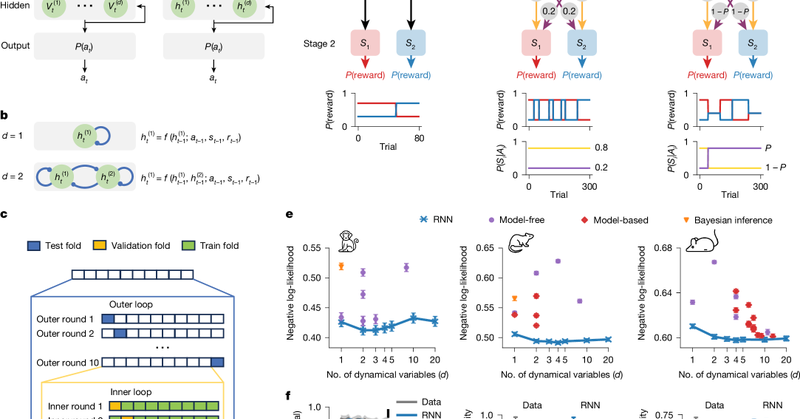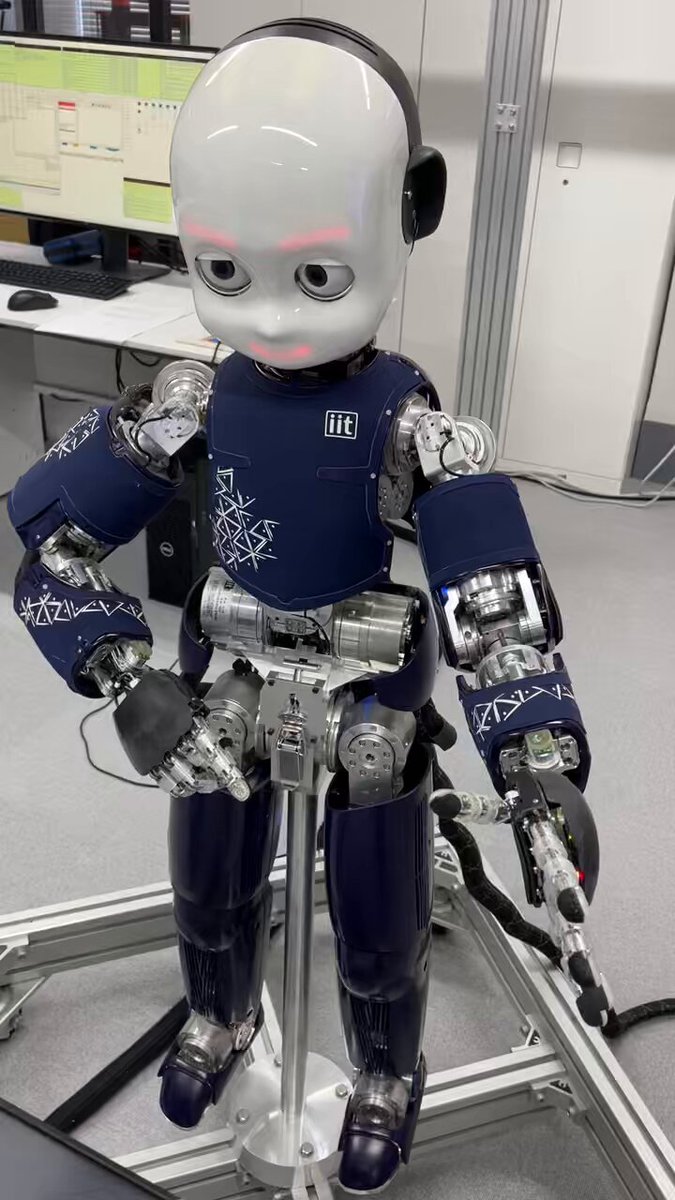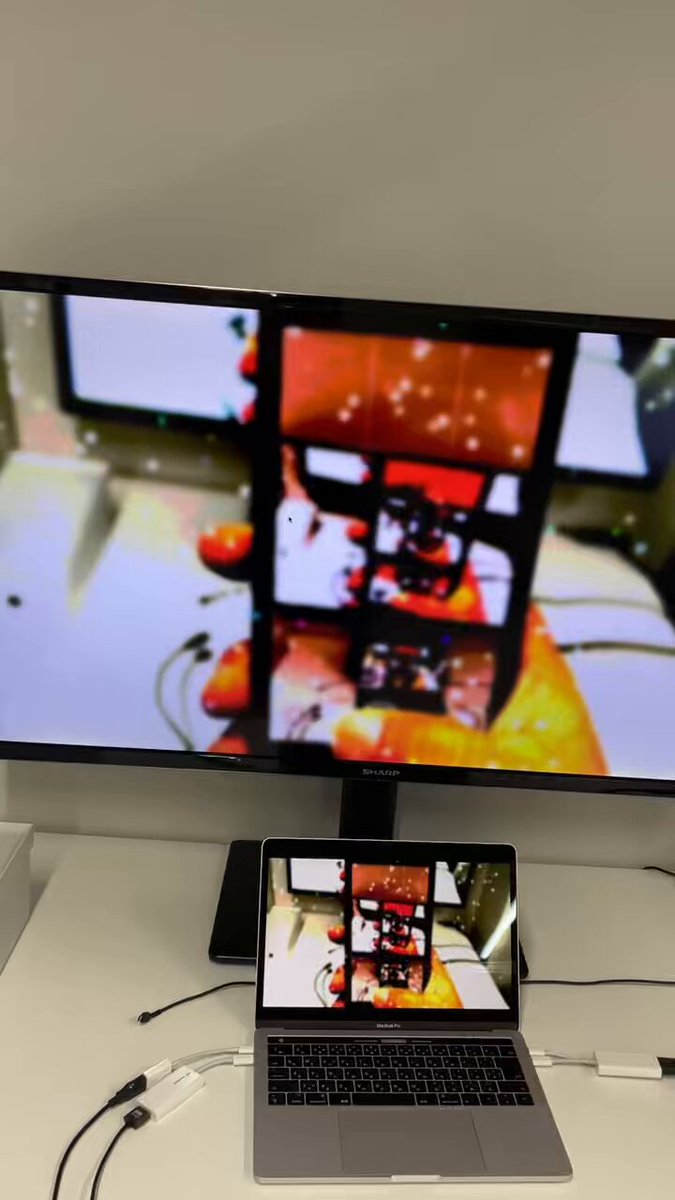
Dong Hee Lee
@dong_hee_lee
Followers
39
Following
788
Media
17
Statuses
174
Research Technician @IRCN_UTokyo, formerly @CNIR_IBS
Joined September 2016
RT @bttyeo: 1/11 Excited to share our @Naturestudy led by @Leon_Oo1 @csabaorban @ZShaoshi. It is well-known that A….
0
59
0
RT @TrendsCognSci: The interoceptive origin of reinforcement learning. Review by Lilian Weber (@lilwebian), Debbie Yee (@debyeeneuro), Dana….
0
57
0
RT @marcelomattar: Thrilled to see our TinyRNN paper in @nature! We show how tiny RNNs predict choices of individual subjects accurately wh….
nature.com
Nature - Modelling biological decision-making with tiny recurrent neural networks enables more accurate predictions of animal choices than classical cognitive models and offers insights into the...
0
50
0
RT @BangL93: 🧠264 pages and 1416 references chart the future of Foundation Agents. Our latest survey dives deep into agents—covering brain….
0
91
0
RT @gershbrain: New survey on predictive representations in reinforcement learning, covering AI, cognitive, and neuroscience perspectives:….
arxiv.org
Adaptive behavior often requires predicting future events. The theory of reinforcement learning prescribes what kinds of predictive representations are useful and how to compute them. This paper...
0
69
0
RT @DrBMunn: I am absolutely stoked to share our new study on multiscale neural dynamics across species and behaviour + network simulation….
0
82
0
RT @PAINthejournal: Now in #PAIN: “Decoding pain: uncovering the factors that affect the performance of neuroimaging-based pain models” by….
0
2
0
RT @choongwanwoo: I'm pleased to share our lab’s collective effort: ‘Pain Neuroimager Manifesto: Towards Person-Centered Neuroscience of Pa….
cocoanlab.github.io
Towards person-centered neuroscience of pain
0
22
0
Shoutout to my advisor @choongwanwoo and our center @CNIR_IBS for the great support! 🌟 (15/15).
0
0
0














